Party Time in Pyongyang
By Jean H. Lee
U.S. News
May 5, 2016
Seoul, South Korea
For months, North Koreans toiled day and night, renovating the Central Zoo, planting rows of apple trees and churning out coal in the deep, dark mines in the west. Factory workers hustled to produce everything from shoes and makeup to soft drinks and batteries so they could celebrate with the claim that they had surpassed yearly quotas.
The hard work done, laborers are laying grass, planting flowers, raising banners and turning on lights as they put the finishing touches on what promises to be the biggest event of leader Kim Jong Un’s five-year rule: North Korea’s first party congress in 36 years.
By convening a party congress, Kim is signaling to his people that the Workers’ Party is firmly back on track and in control as the nation’s ruling body after 17 years of military-dominated rule under his father, the late Kim Jong Il. Like his father and grandfather before him, Kim Jong Un will use the nation’s highest-level political gathering, which begins Friday, as a platform to unveil the policies and ideology that will come to define his era of leadership.
But more importantly, the party congress and the celebrations that will accompany the days-long affair will serve as a stage for Kim Jong Un as he seeks to cement his legitimacy as the third-generation Kim to rule North Korea.
So ubiquitous is Kim Jong Un today that it’s hard to believe it has been less than six years since he made his public debut in 2010 as a baby-faced 27-year-old. Unknown to the world and to the North Korea people until then, he had just 14 months of public exposure before his father’s 2011 death thrust him into the role of leader of 24 million people at age 28.
And that is precisely why he needs the pomp and circumstance of a big party congress – and the fireworks of a string of nuclear tests and ballistic missile launches to precede it.
Drawing from father and and grandfather
In 1980, the big news to come out of the Sixth Party Congress was Kim Jong Il’s confirmation as heir-apparent to succeed his father as leader. The development was not warmly welcomed abroad. Kim Il Sung’s plan to engineer a hereditary succession was a first for the communist world, and was widely criticized by both foes and allies.
By the time Kim Il Sung died in 1994, his son had had 20 years of experience. Even so, the succession did not go smoothly. Kim Jong Il virtually disappeared from sight for three years in what was described as a traditional mourning period; when he emerged in 1997 to step into the spotlight as leader, North Korea was in the throes of a deadly famine that killed hundreds of thousands of his people. It was a painful time in North Korean history referred to by the people as the “Arduous March.”
Passing on leadership to a third generation was guaranteed to be an even tougher sell, and was only precipitated by a stroke Kim Jong Il suffered in August 2008 that sent him temporarily into a coma. And unlike his father, the young Kim Jong Un did not have two decades of experience or grooming to prepare him – or the North Korean people – for the role. Kept out of the public eye for most of his life by the secretive Kim Jong Il, Kim Jong Un was never mentioned or shown in North Korea’s own state media until he received his first title, four-star general, in 2010.
North Korea’s top strategists knew they needed to draw on the grandfather’s glory without offending the father’s legacy if they wanted to succeed in ensuring the grandson’s hold on power for decades to come. Their strategy: Mold the grandson in the image and persona of the grandfather. Declare the grandson the heir to the boldest policies of both father and grandfather. Portray the grandson as a modern, visionary leader, and give him powerful tools — bombs and missiles — to show the people he can defend them, despite his youth.
The party congress was the domain of Kim Jong Un’s charismatic and loquacious grandfather, who presided over all six of the past congresses. In 1980, Kim Il Sung spoke for five hours in his address to party delegates. Photos and transcripts clearly show he basked in the limelight. Kim Jong Il, in contrast, never convened a party congress in his 17 years of rule. And he never gave a public speech.
Kim Jong Un made clear that he would be more like his grandfather when he gave his first public speech just months into his rule at centenary birthday celebrations for Kim Il Sung in 2012. He has also adopted many of Kim Il Sung’s people-oriented policies by focusing on economic changes, sports and leisure.
But he turned to his father’s playbook when it came to portraying himself as a modern military leader. And to show the people he can defend them, he needed to generate some tension.
A narrative of being under attack
Party rules call for declaring plans to convene a congress at least six months in advance. Within weeks of that October declaration, the parade of provocations began. The campaign to raise tensions began in December with a test-fire of a submarine-launched ballistic missile, and continued in January with a nuclear test, North Korea's fourth since 2006, in defiance of U.N. Security Council resolutions barring Pyongyang from nuclear and missile activity. The provocations continued in February with a long-range rocket launch, and last month with another submarine-launched ballistic missile test. Satellite imagery shows preparations are complete in the far north for yet another nuclear test, South Korean officials say.
The chorus of condemnations has done nothing to stop the North Koreans from staging more provocations.
In fact, the threats, outrage and punishment play into the narrative that Pyongyang wants to sell to its people: North Korea as under attack from the powerful and threatening United States, and Kim Jong Un as the man with the guts and might to defend his country from outside aggression.
The provocations and punishment are part of a grand, theatrical countdown to this week’s party congress, a drama conceived of and orchestrated by a small coterie of strategists in Pyongyang who wrote the script for this round of tensions months ago. There is nothing like the threat of war, real or imagined, to bring a population together. And in North Korea’s case, to distract the people from the continued chronic food and power shortages at a time when the rest of Northeast Asia is flourishing economically.
Military theatrics aside, North Korea observers are watching this party congress for signs that Kim will use the occasion not only to grandstand but also to institute real change. Like his grandfather before him, he may use the congress to unveil a major economic plan. And like Kim Il Sung, he is likely to use the congress to purge the old guard and promote the next generation of power brokers.

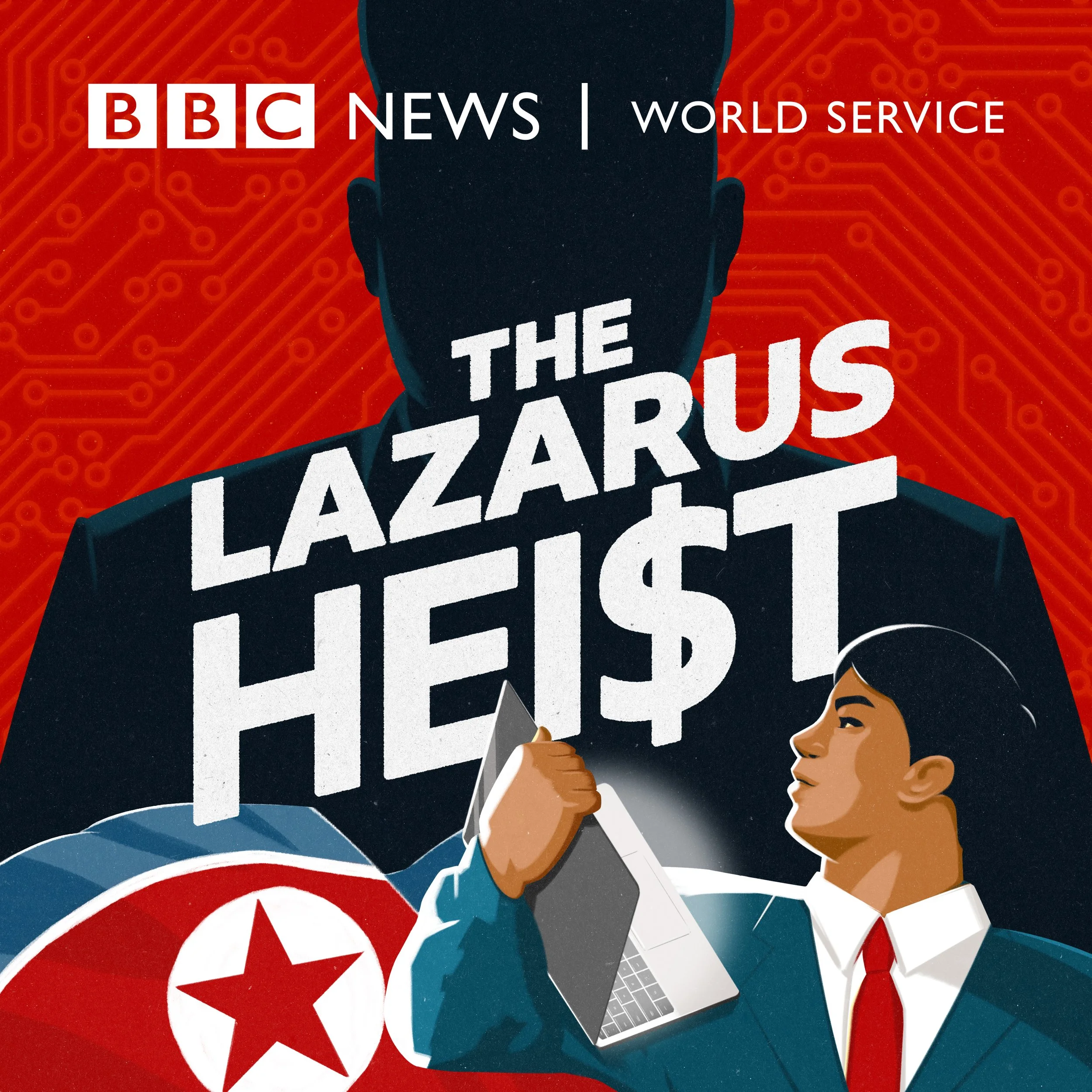

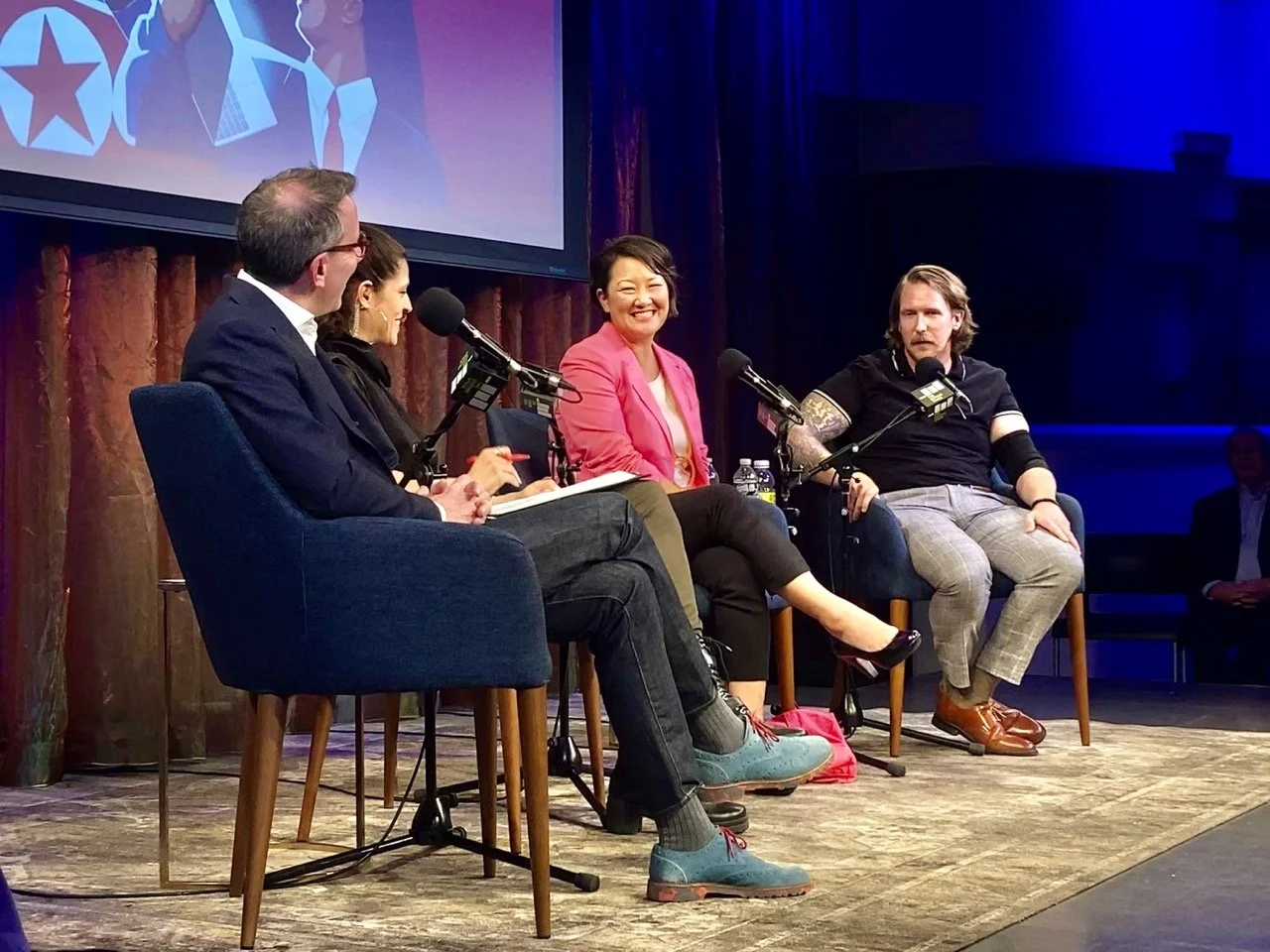
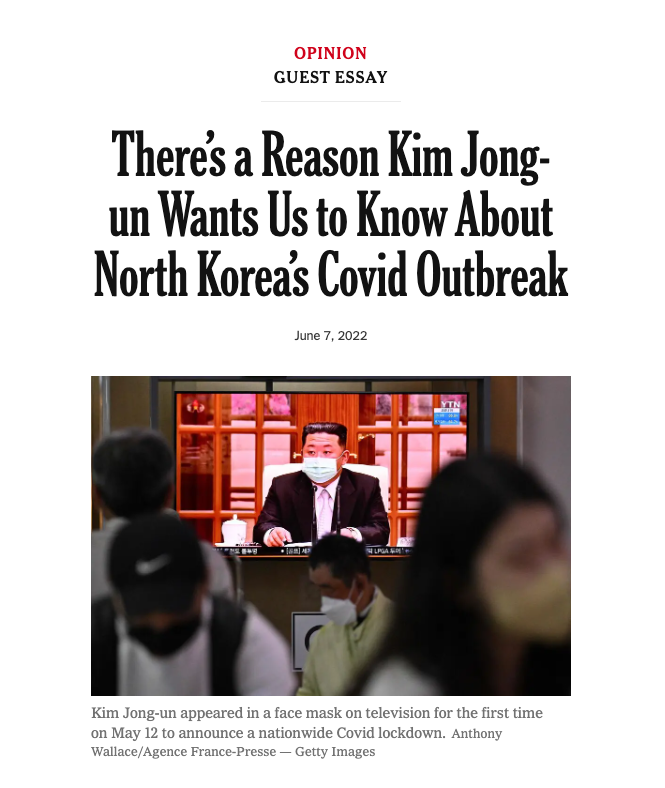

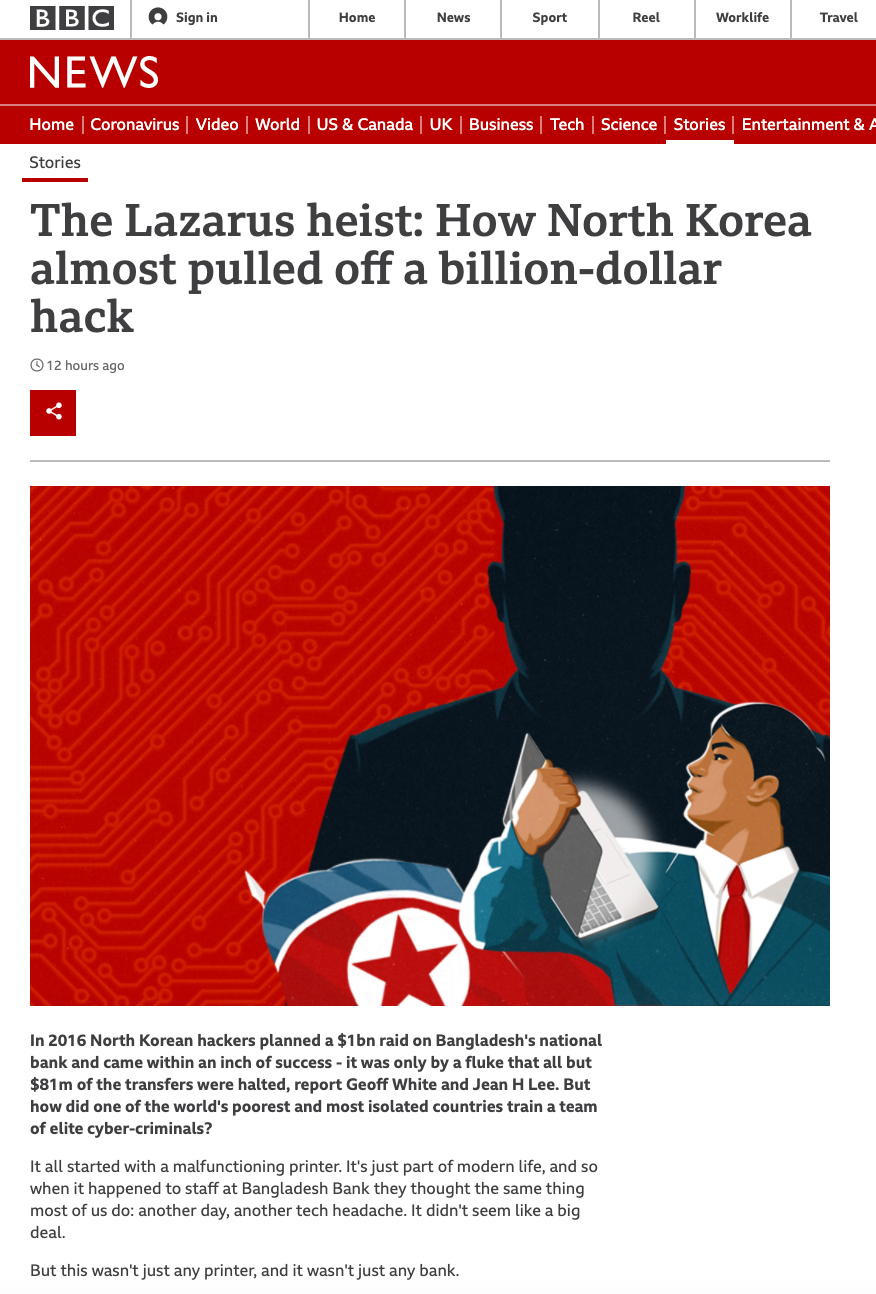
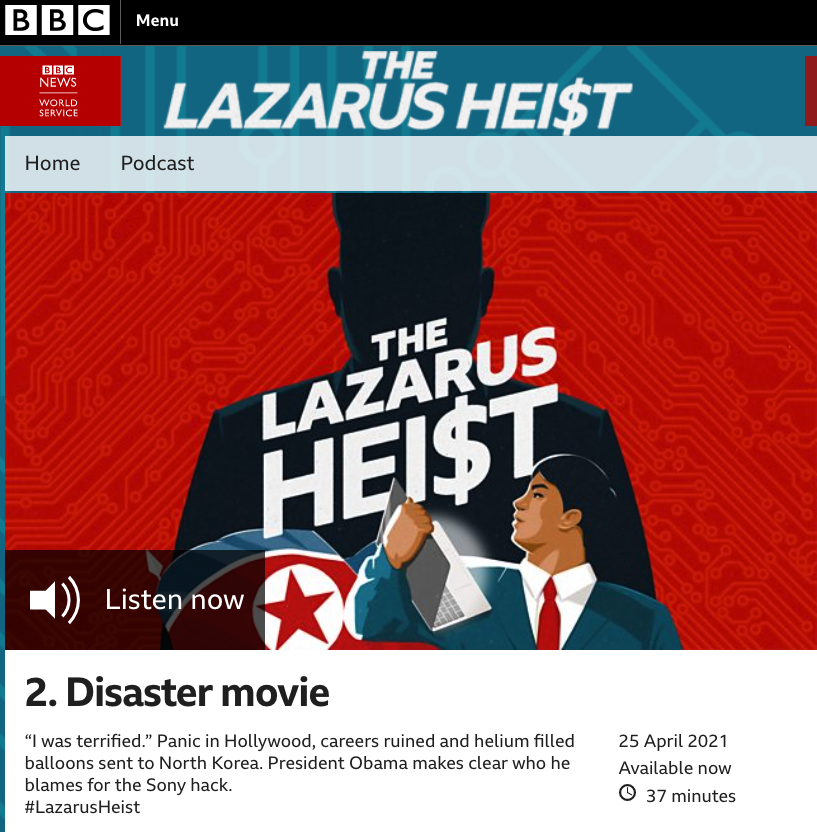












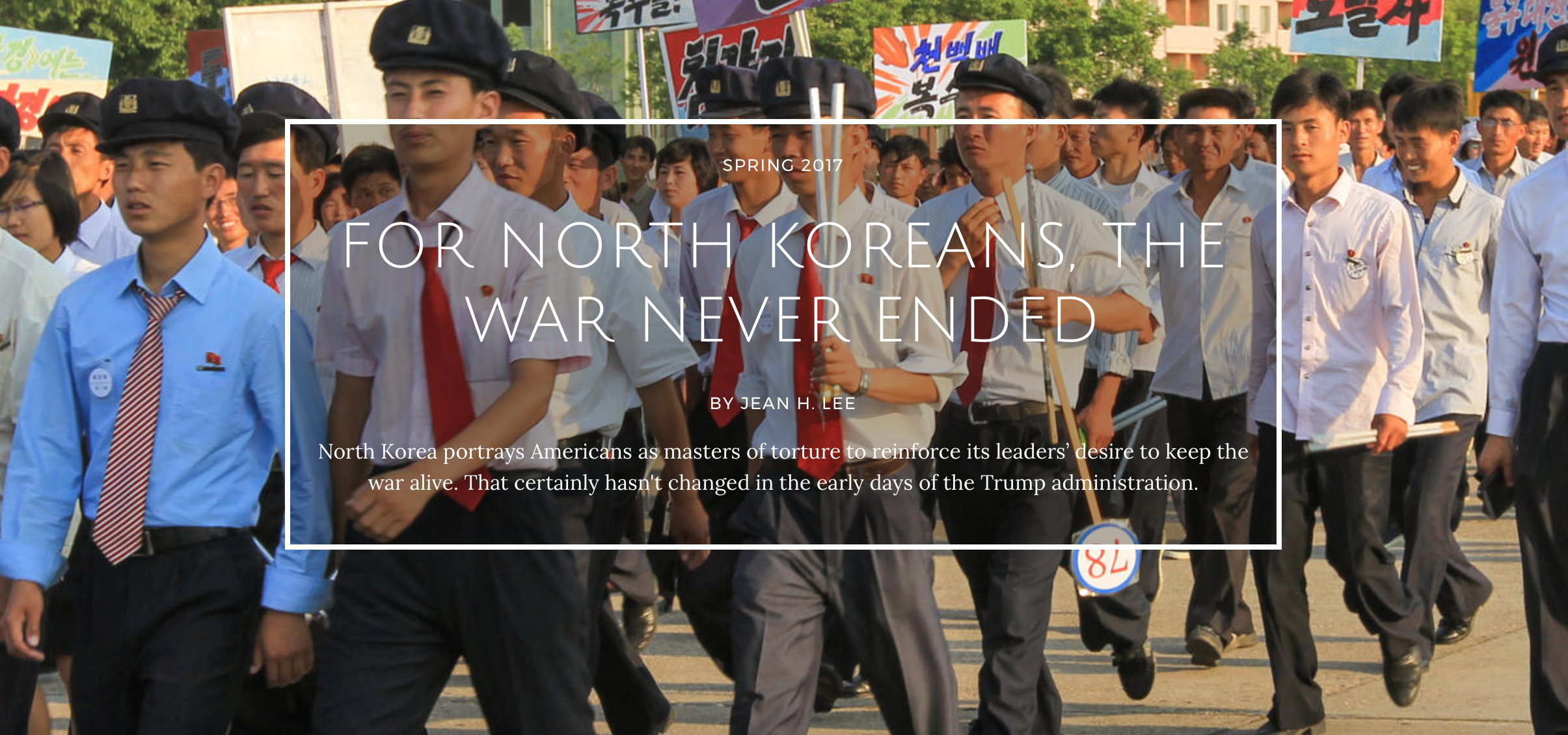


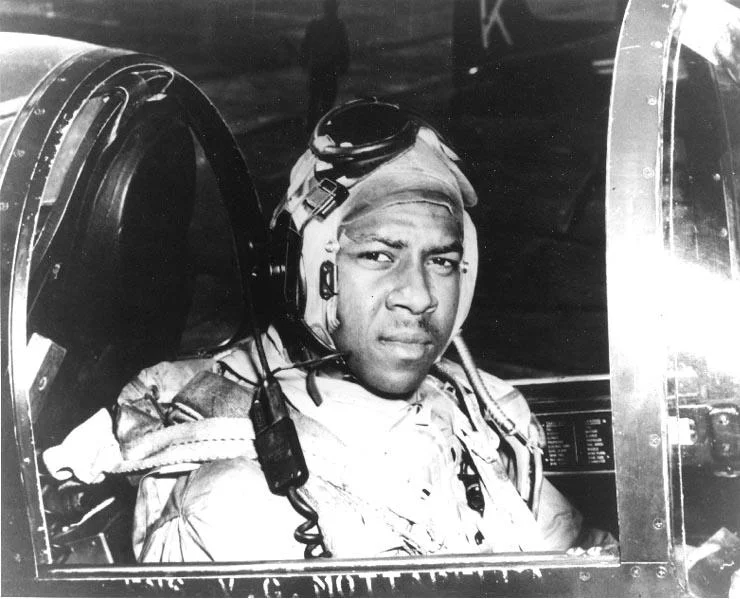
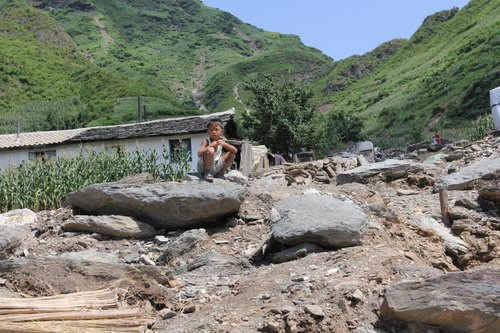





Download all episodes of The Lazarus Heist, watch Lazarus Heist animations, read our feature story about the hackers and view visualizations of the podcast episodes on Lazarus Heist homepage on the BBC World Service website!